New Delhi, September 29 (Sarhind Times Bureau):
The National Capital Region (NCR) woke up to grim skies on Sunday as real-time air quality trackers placed Delhi’s Air Quality Index (AQI) in the ‘Unhealthy’ category. Elevated PM2.5 levels were recorded at several monitoring stations across Delhi, Noida, and Gurgaon, reviving fears of another suffocating smog season as the festive period approaches.
Experts point to a combination of stagnant winds, nighttime temperature inversions, and persistent construction dust as the immediate culprits. However, they warn that the situation could rapidly worsen with the onset of crop-residue burning in Punjab and Haryana, a phenomenon that has historically blanketed the region in dense smog during October and November.
The Commission for Air Quality Management (CAQM) is expected to convene soon to review emergency measures under the Graded Response Action Plan (GRAP)—the regulatory framework activated during severe pollution spells.
What the Numbers Show
- AQI: Ranged between 180–220 (‘Unhealthy’) across several stations in Delhi and Gurgaon.
- PM2.5 Levels: Surpassed safe limits at Anand Vihar, Jahangirpuri, and Dwarka.
- Nighttime Inversion: Cool overnight conditions trapped pollutants near the surface.
- Forecast: IMD predicts further deterioration if winds remain stagnant.
Causes Behind the Spike
Local Factors
- Construction Dust: Ongoing infrastructure projects release fine particulate matter.
- Vehicular Emissions: Over 10 million registered vehicles in Delhi contribute daily to emissions.
- Waste Burning: Despite bans, instances of open garbage and leaf burning persist, especially in peripheral NCR towns.
Regional Factors
- Crop Residue Burning: Farmers in Punjab and Haryana begin stubble burning in late September; early fires have already been detected via satellite imagery.
- Weather Conditions: Calm winds prevent pollutant dispersal.
Health Implications
Doctors have already begun cautioning citizens.
- “Even short-term exposure to AQI levels above 200 can trigger respiratory issues in sensitive groups such as children, elderly, and asthma patients,” said Dr. Rajeev Kumar of AIIMS Delhi.
- Hospitals reported a slight uptick in patients complaining of breathlessness and irritation.
- Long-term exposure increases risks of chronic bronchitis, cardiovascular disease, and reduced lung function.
Government Response
The CAQM is expected to evaluate measures under GRAP. These may include:
- Restrictions on construction activity.
- Ban on diesel generator sets.
- Suspension of hot-mix plants and stone crushers.
- Odd-even vehicle rationing during extreme spikes.
Delhi government officials stated that they are also considering a “Green Firecrackers Only” policy during Diwali, along with awareness campaigns. Gurgaon’s Municipal Corporation has already initiated a ₹5,000 fine for open waste burning, aligning with anti-smog efforts.
Residents’ Reactions
Delhiites expressed frustration over the early deterioration of air quality.
- “Every year it’s the same story. We spend winters locked indoors,” said Meera Sharma, a resident of Dwarka.
- Office commuters complained of eye irritation and sore throats after outdoor exposure.
- RWAs across NCR urged authorities to ensure strict enforcement against waste burning and dust pollution.
Experts on Long-Term Solutions
Environmentalists argue that recurring emergency measures treat only symptoms.
- “Delhi needs year-round action, not just winter firefighting,” said Anumita Roychowdhury of Centre for Science and Environment.
- Suggested solutions include:
- Accelerated transition to electric buses and vehicles.
- Dust suppression systems at construction sites.
- Crop-residue management technologies for farmers.
- Expansion of green buffers and urban forests.
Festivals and Firecrackers: A Double Burden
The alerts arrive just weeks before Navratri, Dussehra, and Diwali, when firecracker use traditionally spikes pollution levels. In past years, post-Diwali AQI has touched 500+ (‘Severe’), forcing school closures and health advisories.
This year, authorities are under pressure to strictly regulate firecracker sales and encourage community events with alternative celebrations like light shows.
International Attention
Delhi’s air pollution crisis has drawn global headlines for years. Diplomatic missions in the capital often issue health advisories to staff and families during peak smog days. The World Health Organization has repeatedly flagged NCR as among the most polluted metropolitan areas globally.
Conclusion
The sudden rise of Delhi-NCR’s AQI into the ‘Unhealthy’ zone is a warning shot. With stubble burning season approaching and festivals around the corner, the region faces a ticking pollution time bomb.
The challenge is not just reactive measures but a comprehensive, sustained battle against air pollution that protects the health of over 30 million NCR residents.
Until then, the message from experts is clear: mask up, stay indoors when possible, and demand accountability.
#AQI #DelhiNCR #Smog #AirPollution #GRAP #PublicHealth #SarhindTimes #PollutionCrisis
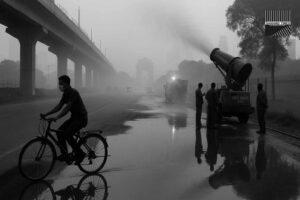





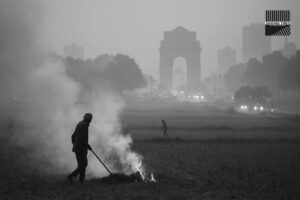




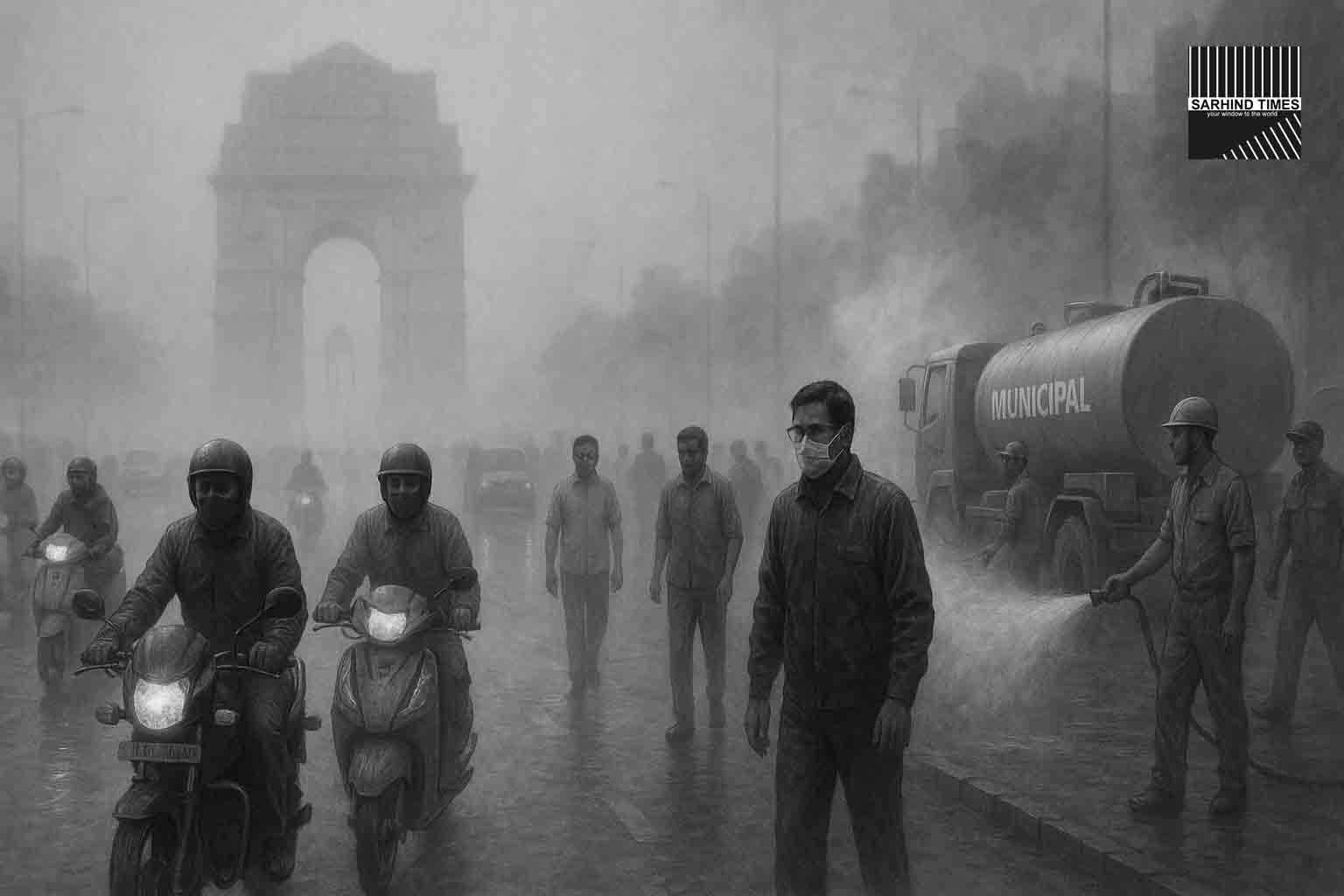
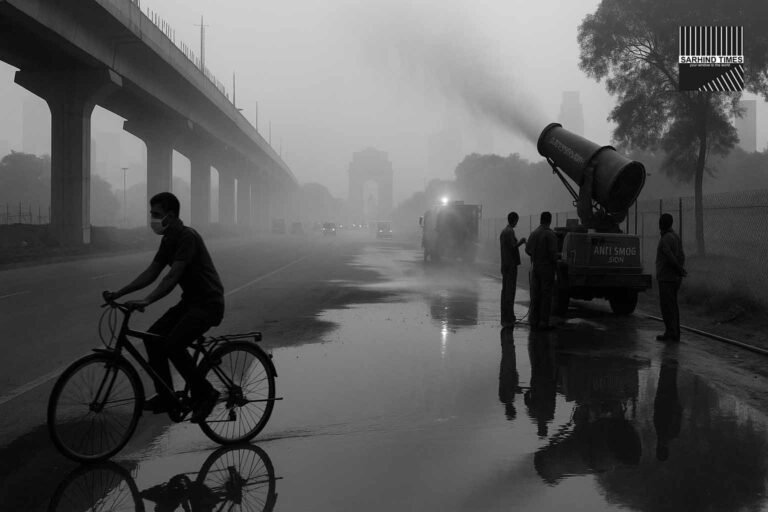
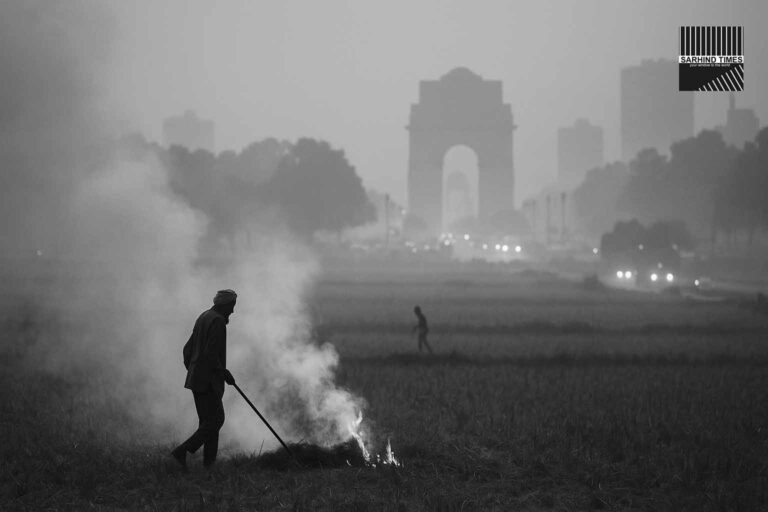
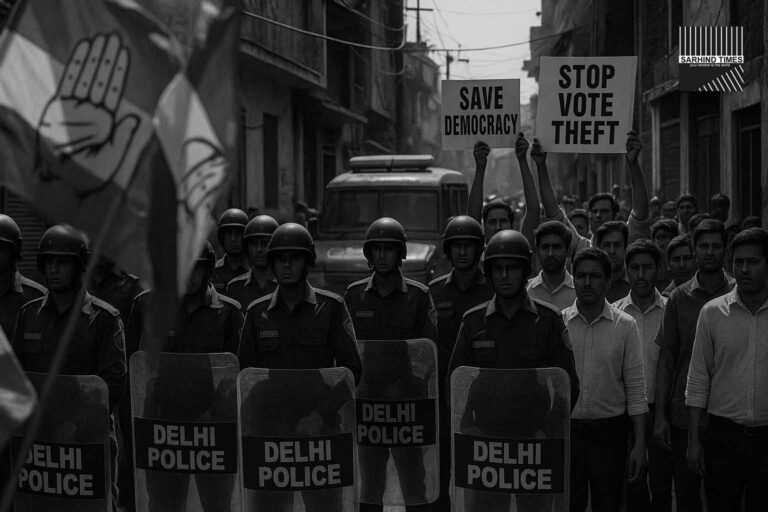
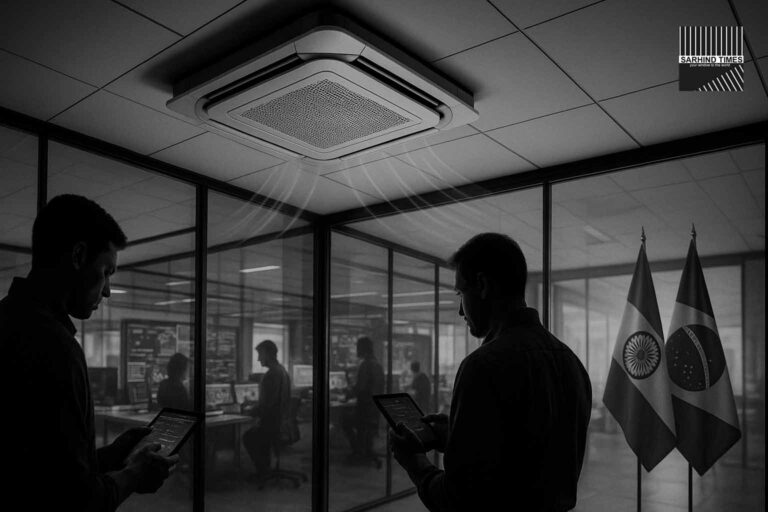

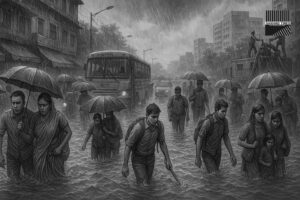


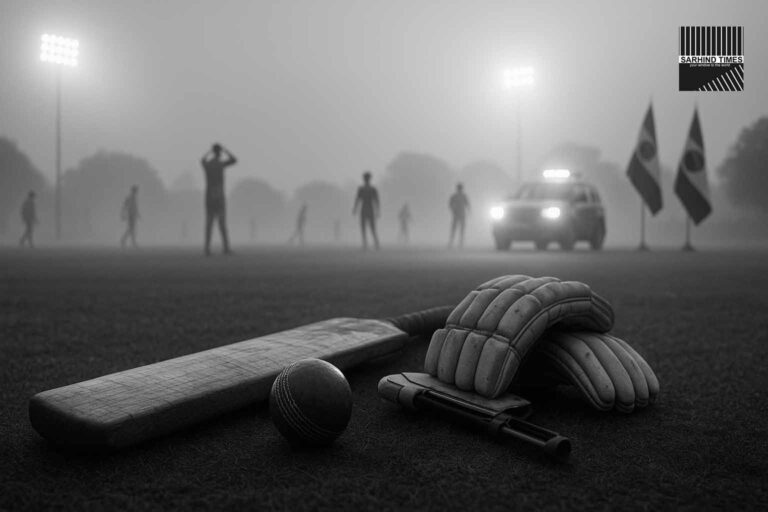

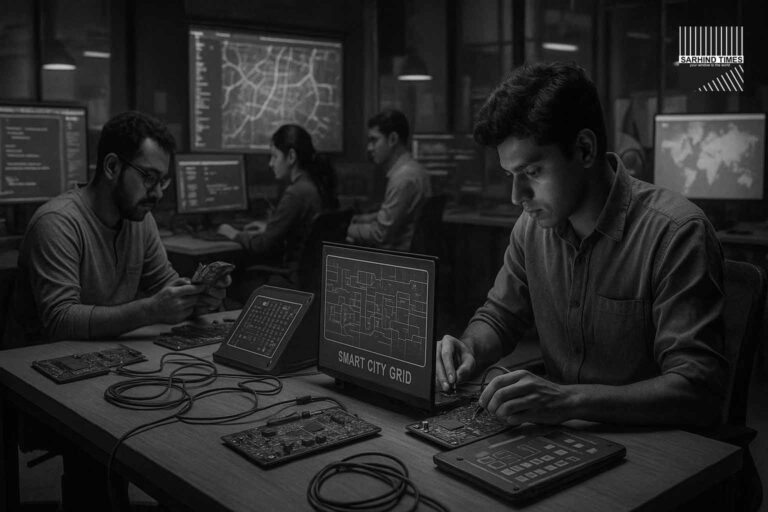
+ There are no comments
Add yours